Red Eagle Discus, Honeycomb Pattern
$98.00 – $247.00
The majestic Red Eagle discus is derived from the Checkerboard and Pigeon bloodlines. The Red Eagle has been bred to possess a more expansive and less deterministic pattern that is typically seen with traditional Pigeon discus. The individual “grids” are also much larger, and there exists greater amounts of spacing between cells. A stunning fish that will surely delight new and experienced keepers alike.
To say the Red Eagle Discus is dazzling is quite an understatement. It is mesmerizing in that one can look into its intricate pattern for hours, bewitched by its beauty. The honeycomb pattern is quite reminiscent of a red and white Rorschach test. You can watch its delicate body float throughout your aquarium and try to decipher the meaning of its spots. There is something to be said about the simplicity of a two-tone color way, it allows you to focus on each detail individually with a richer experience. This fish is definitely a living centerpiece in any tank, a talking point for anyone who catches a glimpse at its intricacies. Visitors will definitely find themselves following each movement, as the stark contrast between the candy colored crimson and pure white create a visual masterpiece within an aquarium. The Red Eagle Discus in a Honeycomb Pattern would make a welcome addition to any devout aquarist’s tank. Anyone searching for their next obsession have no need to look further. This discus speaks for itself.
- Reviews (13)
13 reviews for Red Eagle Discus, Honeycomb Pattern
Add a review
You must be logged in to post a review.

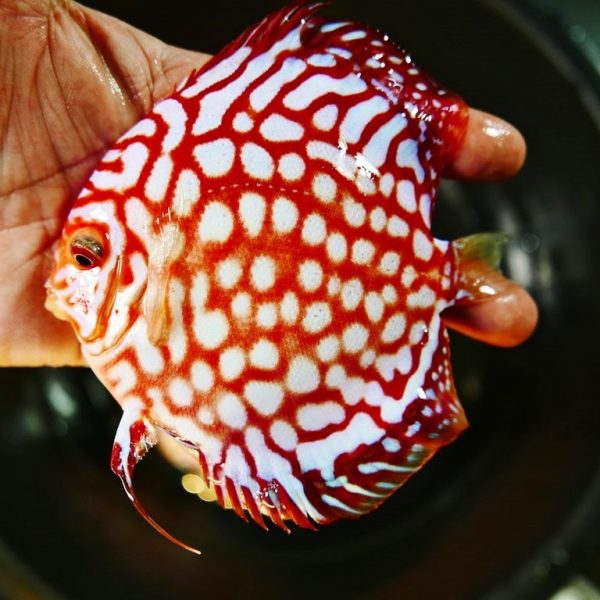

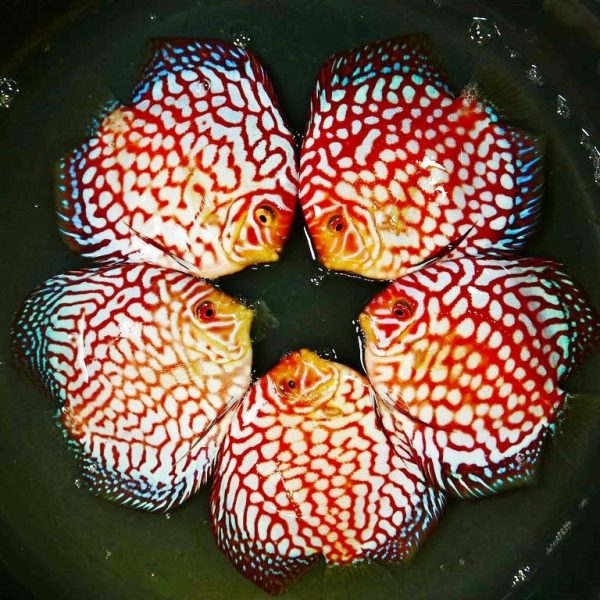
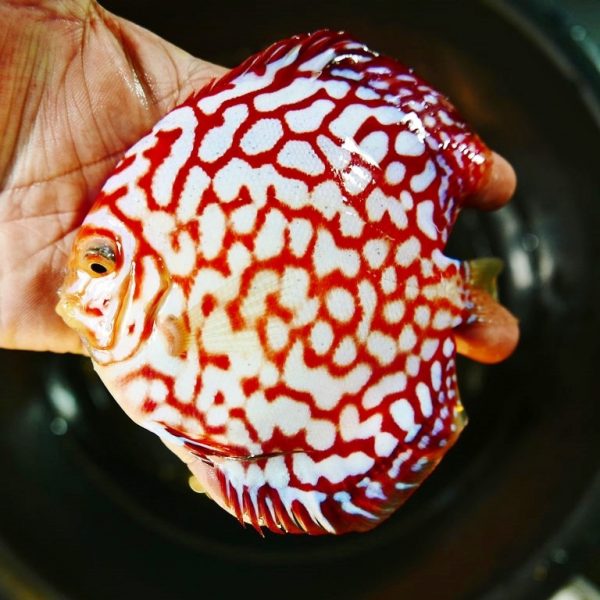
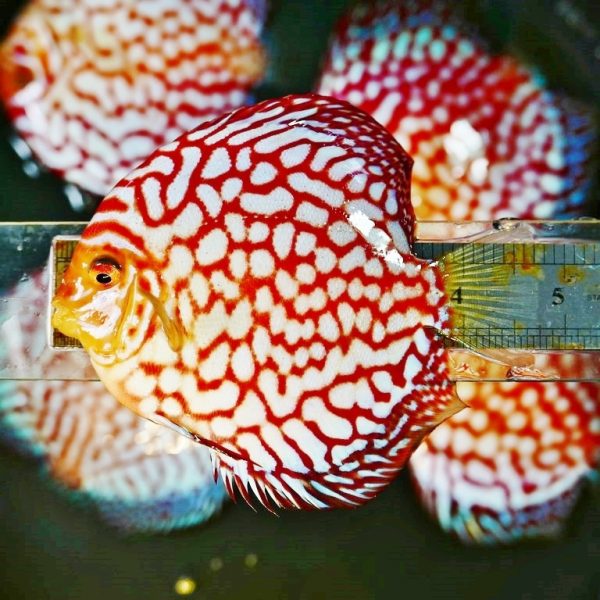
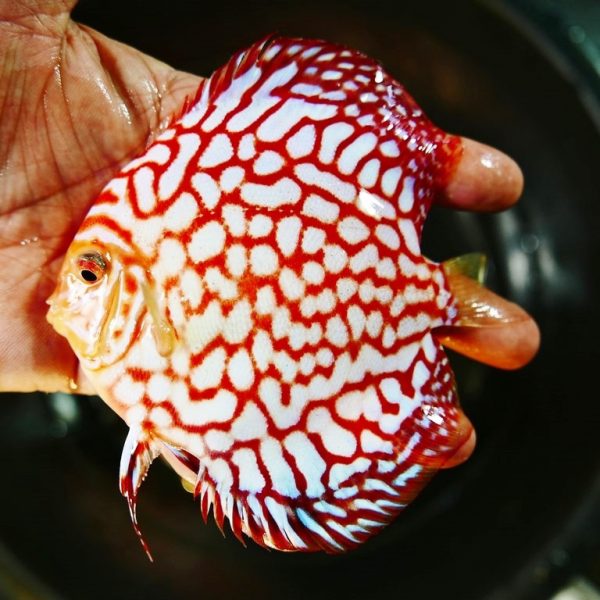
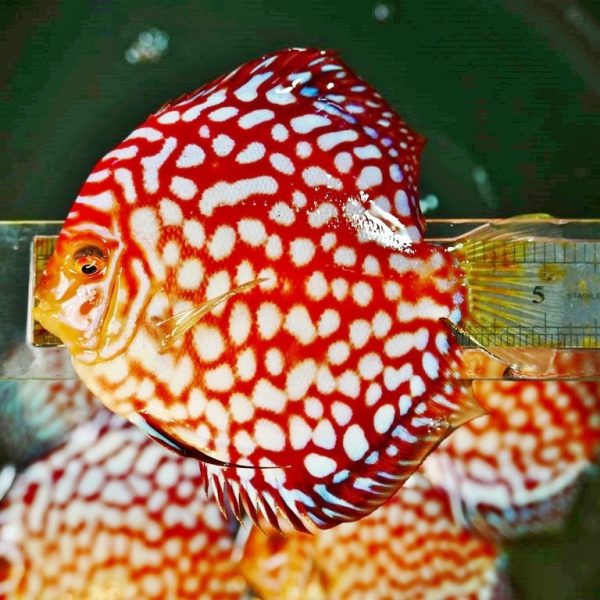
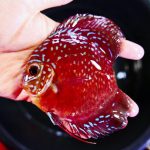
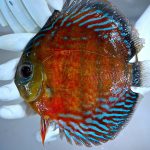
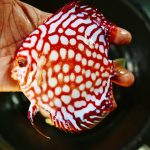
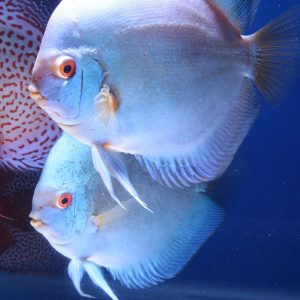
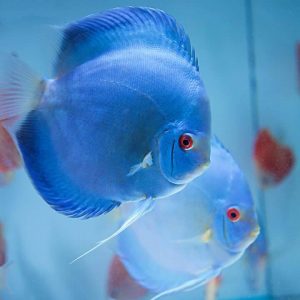
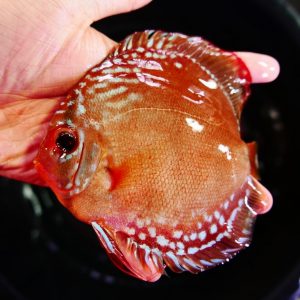
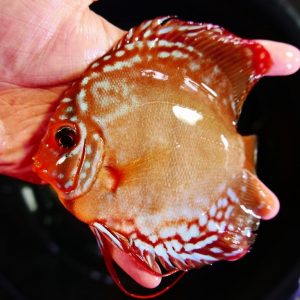
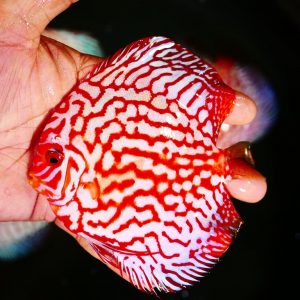
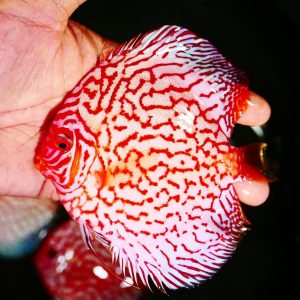
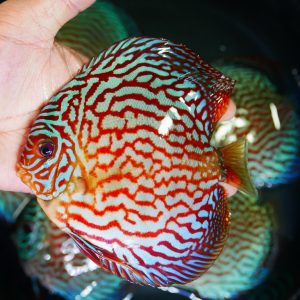

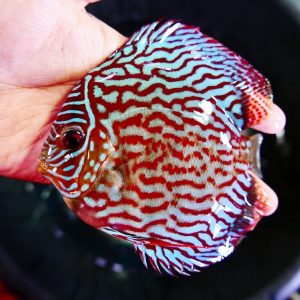
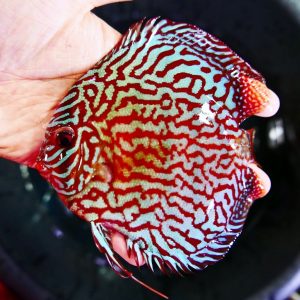
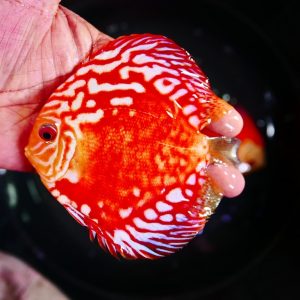
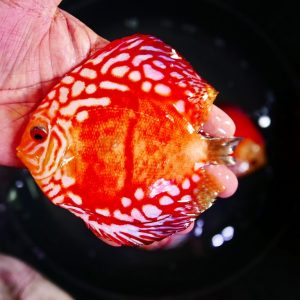
Hi Michael, Your fish are beautiful! They are already settling in the tank (55gal) after about an hour. Many thanks.
Hi Michael yes everyone doing good thanks. You GREATEST my friend.
It looks pretty damn good now though! The fish look completely different after just one day. Most of them ate today, the sapphire is a bit of a bully and chases everyone else away from the food. Looking pretty solid for a three day old tank! 64 of your fish in one spot. Thank you, more than I could ever have hoped for.
Good afternoon NY time Michael- Hope you are well. Greetings from sunny So. Cal (76 and sunny today). You should come visit sometime, take a page out of your discus' book, be warm!
Michael & Team, Everyone arrived safely, right on time, Colors & patterns look Beyond Fantastic & Sizes are spot on. Red Eagle, Cobalt, Lollipop & Golden Pearl all looked amazing right out of the bag. Pictures Speak for themselves for 3.5”- 4” Crazy good. Now we’ll grow them out Strong & watch the Colors Blossom. Thanks Again & Props to you & your team!
They arrived. All is excellent. Once again, GORGEOUS fish. Thank you!
Hello, I believe the order I received was incorrect and I received different types of fish then I ordered. I would like to work something out so we can continue to do business in the future. I attached pictures to show the discrepancies. I received pigeon bloods instead of checkerboard red eagles. The pattern is pigeon and not circles of the red eagle checkerboard. I honestly would just like to get the correct fish I ordered and hope we can work something out cause like I said I would like to continue doing business In the future. From Michael: The Red Eagles belong to the pigeon family, and there will certainly be similarities between these two fish types. The fish you ordered are 3.5-4", and are still considered juveniles. Please keep me posted as the fish develop. If you remain unhappy with their pattern in adulthood, I will credit or work something out with you. By the way, your fish look magnificent -- thank you for your photo.
Hey Michael, yes I received the fish shipment. Thanks for the fish! 6 of the 7 discus are doing well and were comfortable enough to eat. One of the red eagles is on his side and has not moved much but I will see how he looks in the morning and let you know an update. I’ll attach a picture of his current state.
Feeding time!! Just wanted to share a few more pictures of our beautiful crew!! We are so happy with them, if we had a bigger tank I definitely would have bought more from you, great quality discus!! You have many more selections and healthy discus. If I recommend to my family and friends, I will definitely tell them about discus.com!
Merry Christmas and a Happy New Year.
Another wonderful day time spent with my son and a trip to the airport to pick up two new magnificent discus. A Blue Diamond x Cobalt and a Red Eagle. These fish are just stunning. As I described to Michael earlier the Blue Cobalt is a beautiful mix of blue and green. I’ve seen this color combination in marine fish but no fish pulls these colors off like a discus and the Cobalt Blue, you just have to see it for yourself. The Red Eagle I would describe as a beautiful mix of red and white bands. I also really love the symmetry of the red and white. Like all the discus I have purchased from Michael just stunning. I can’t wait to add these beautiful fish to my main discus display tank.